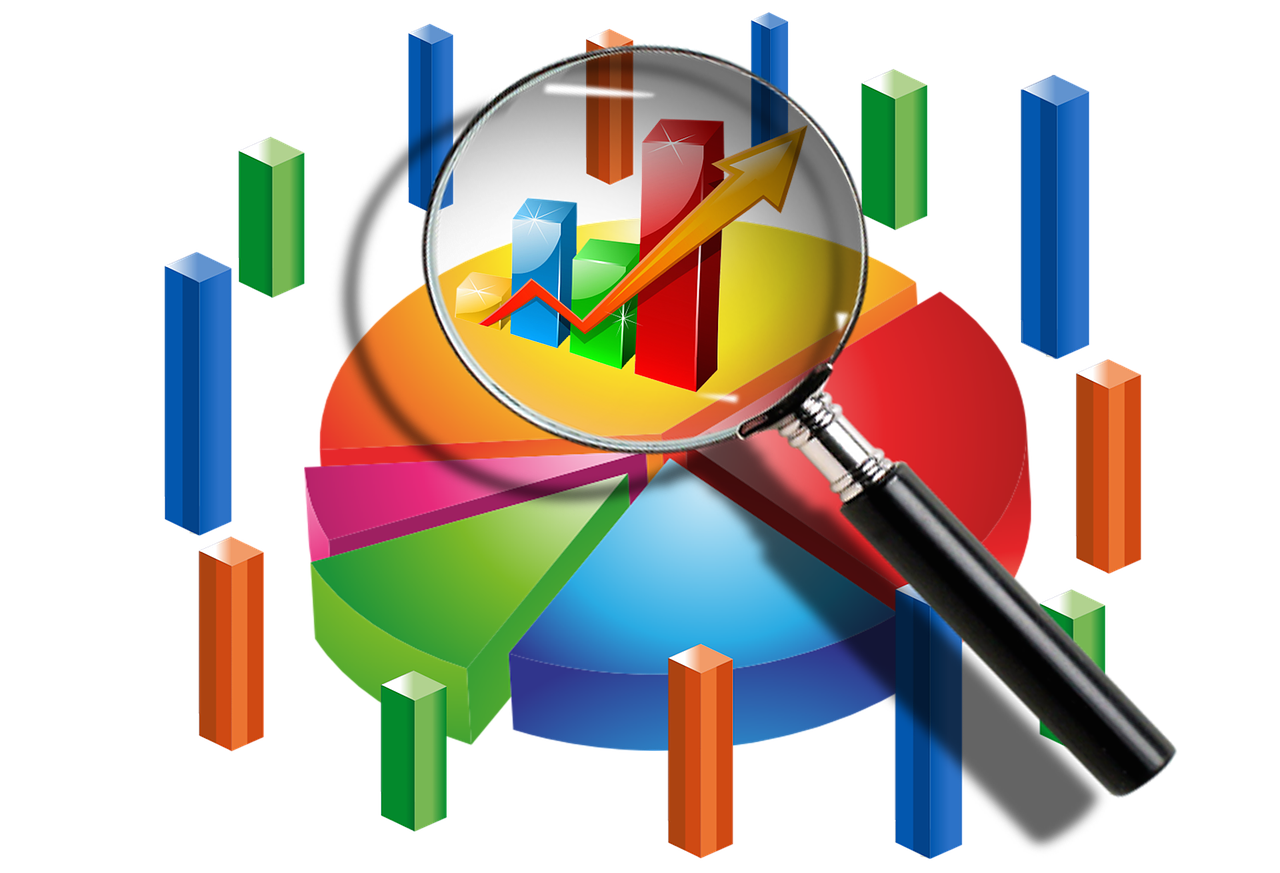Analytical and Descriptive Statistics
There are two types of statistics: the analytical or inferential statistics and the descriptive or enumerative statistics.
While the analytical statistics are used to get to conclusions about a specific sample data, the descriptive statistics are used to give more information about some particular data that you're analyzing.
Just assume a simple example, taking into account that this should never be used as a sample of the population because it clearly has small data. Let's say that you're in a school making a survey regarding a particular toy. The ages of the children who answer the survey are 4, 8, and 9 years old. When you look at this data based on the analytical statistics, you could say that the age average of the children in question was 7.
While the analytical statistics are used to get to conclusions about a specific sample data, the descriptive statistics are used to give more information about some particular data that you're analyzing.
Just assume a simple example, taking into account that this should never be used as a sample of the population because it clearly has small data. Let's say that you're in a school making a survey regarding a particular toy. The ages of the children who answer the survey are 4, 8, and 9 years old. When you look at this data based on the analytical statistics, you could say that the age average of the children in question was 7.

